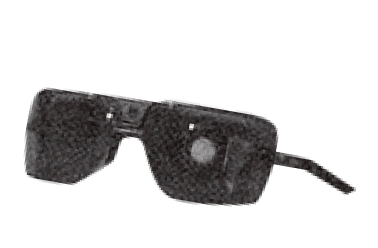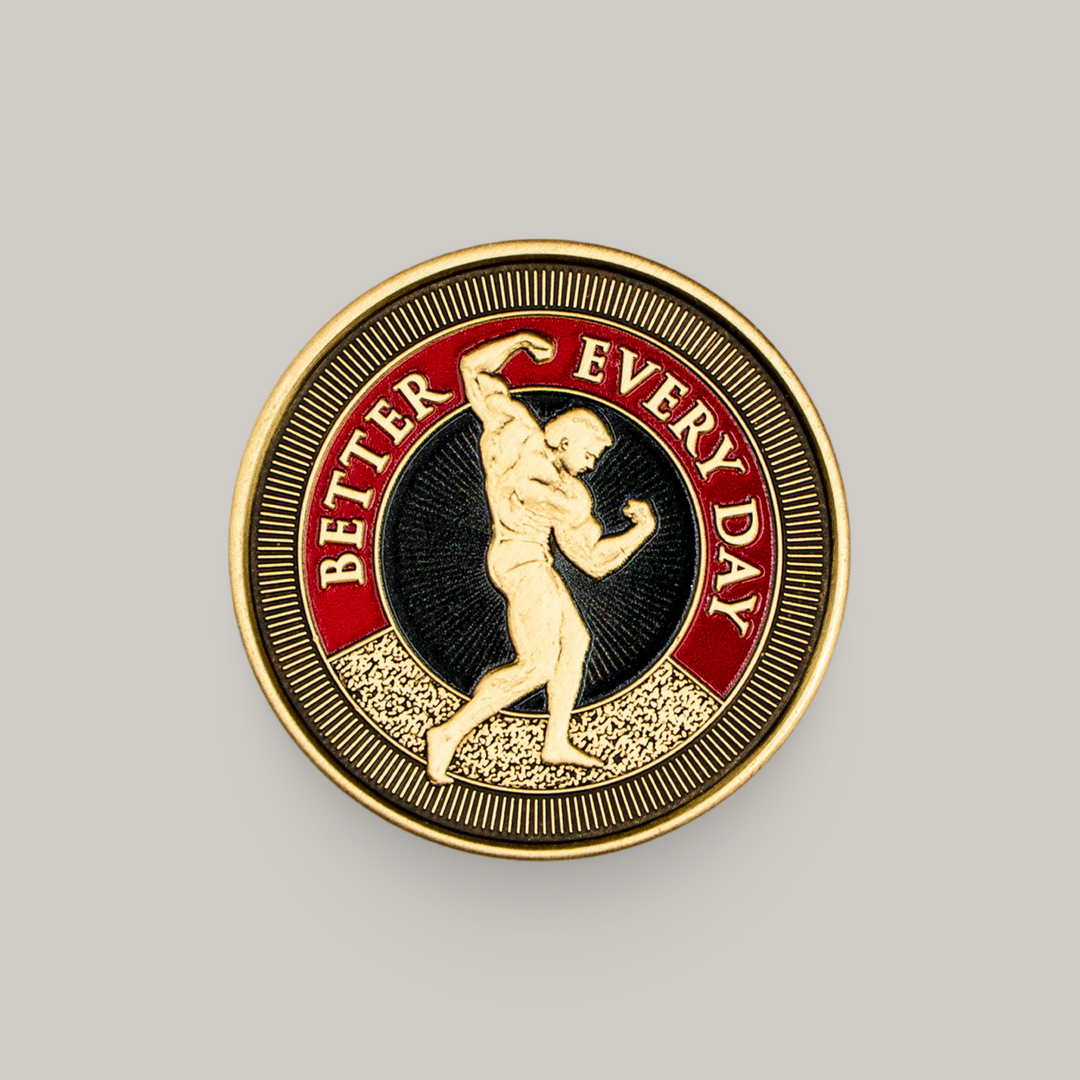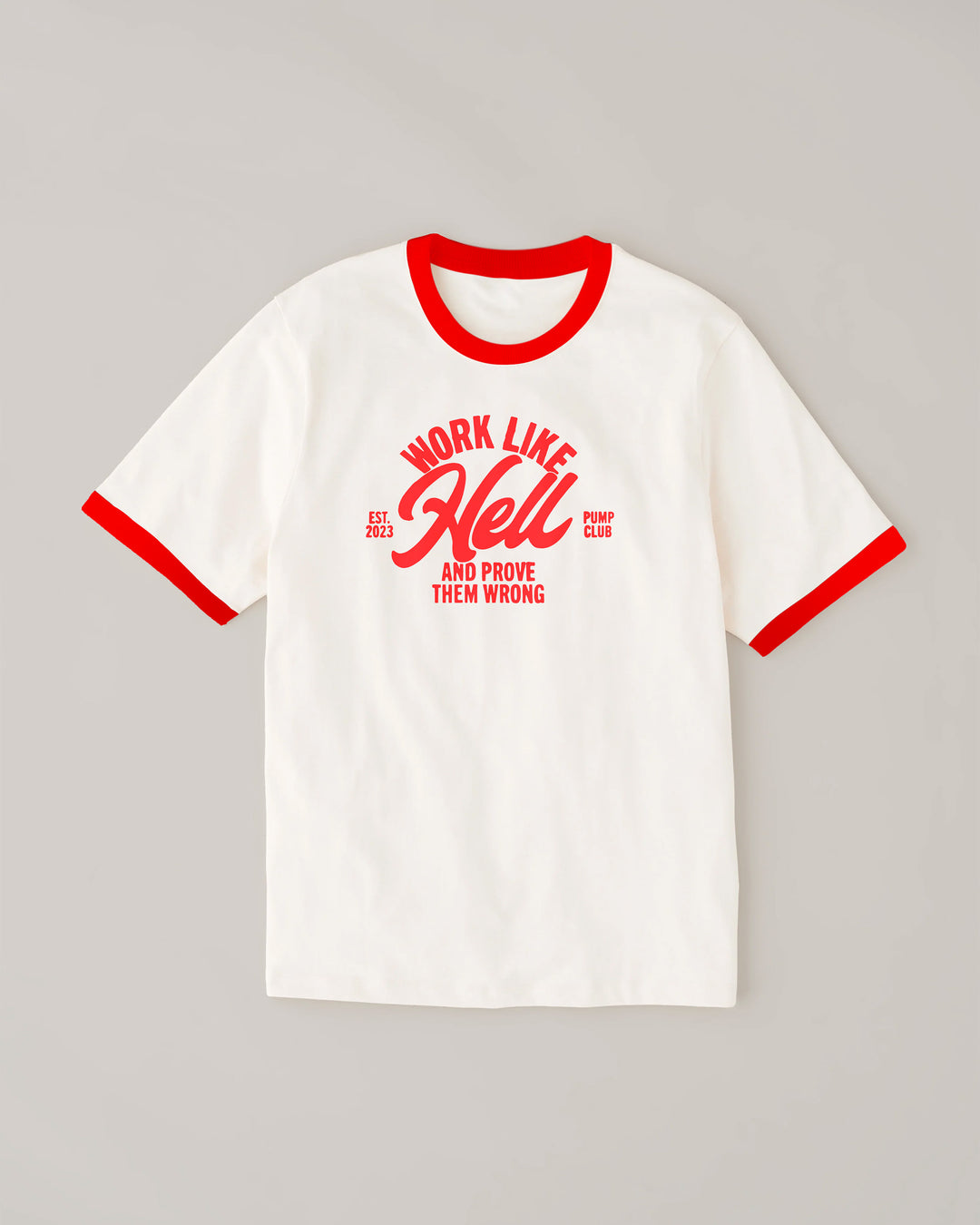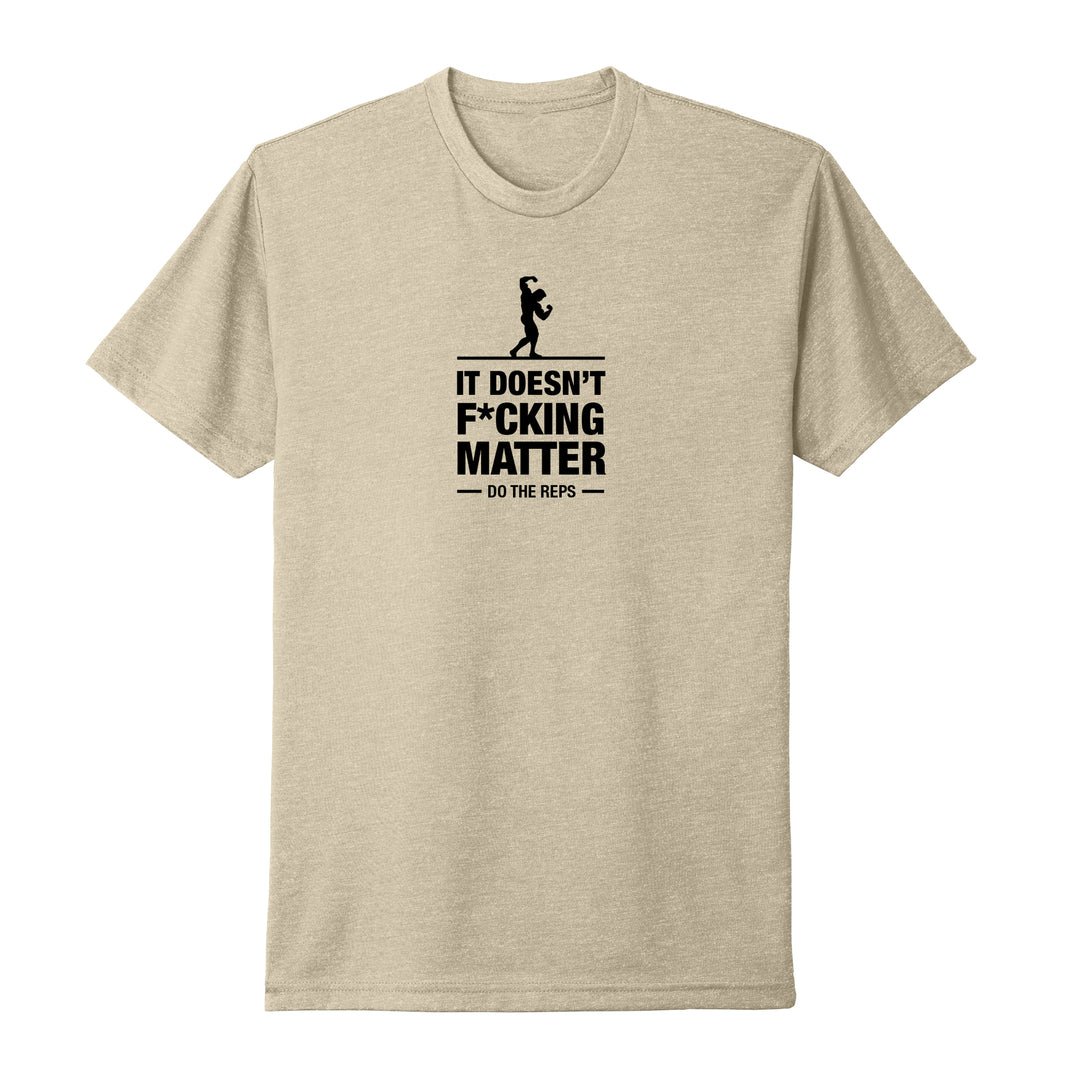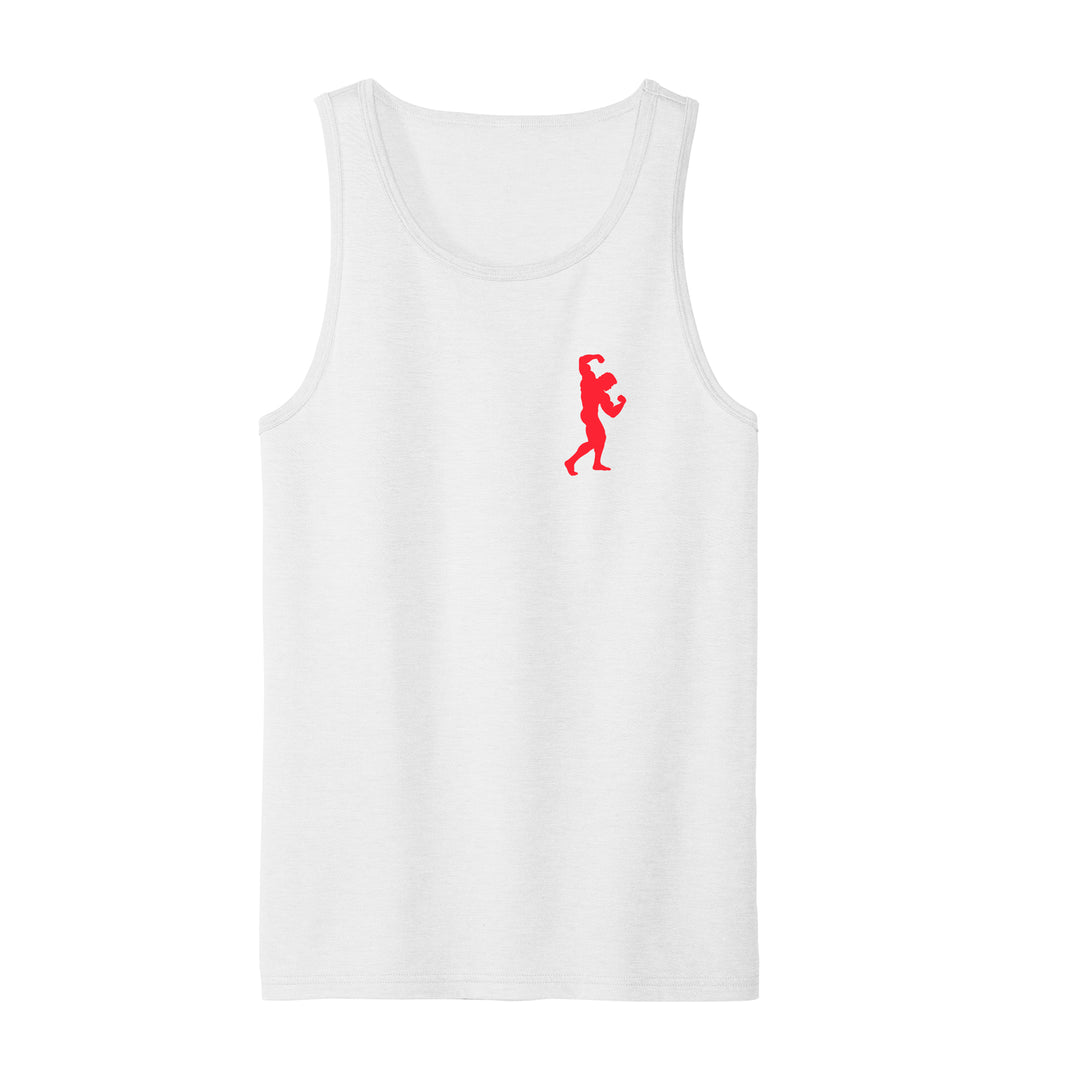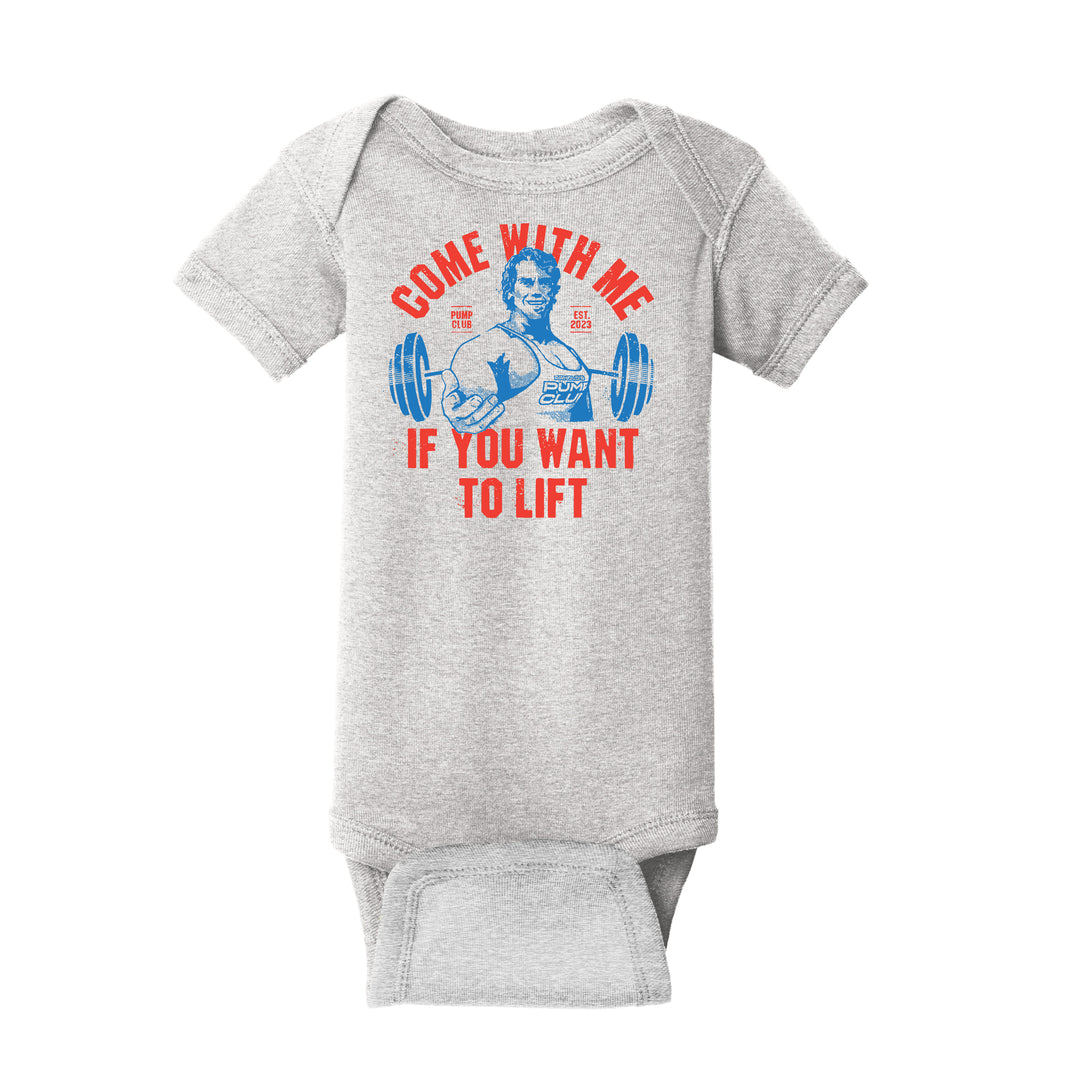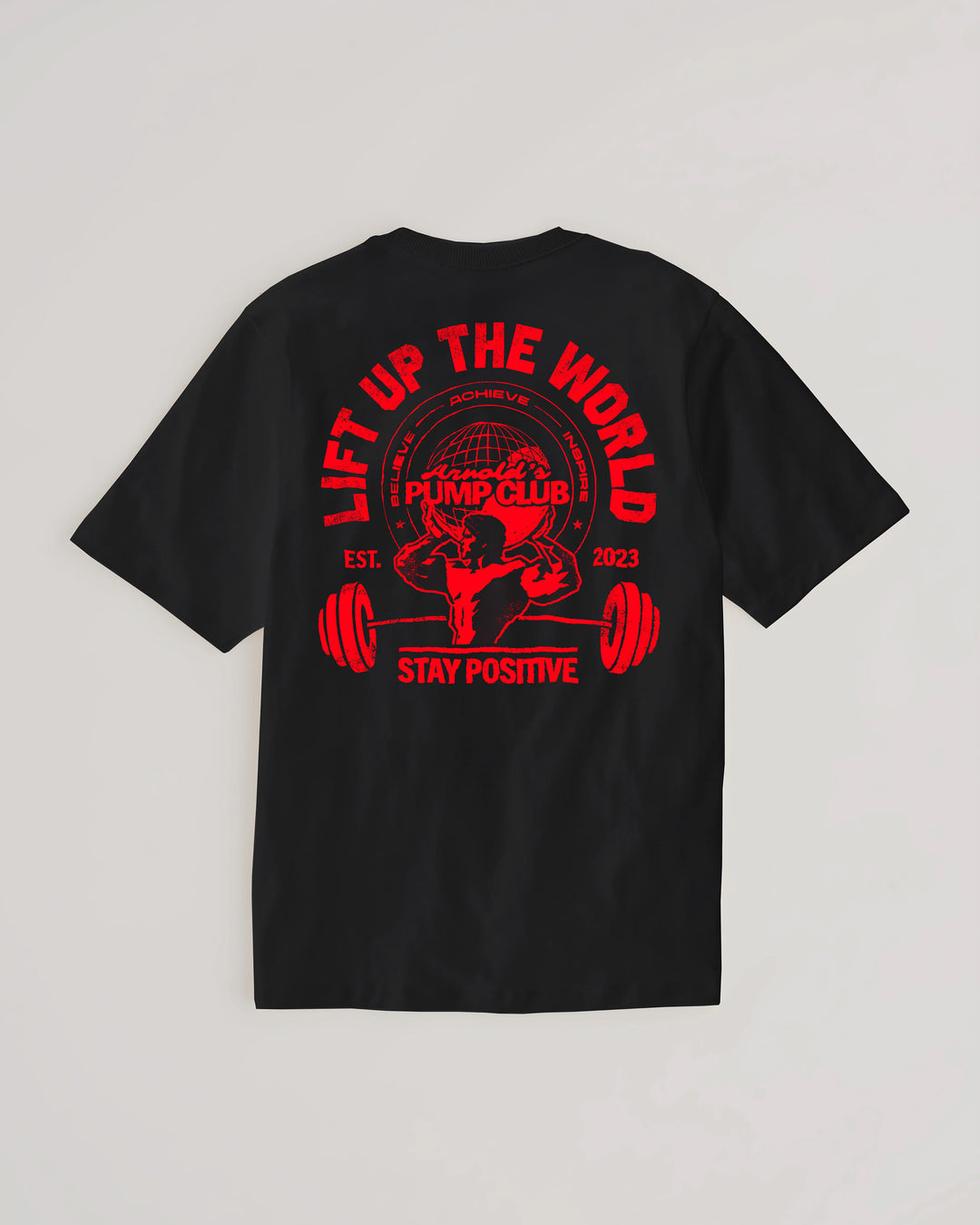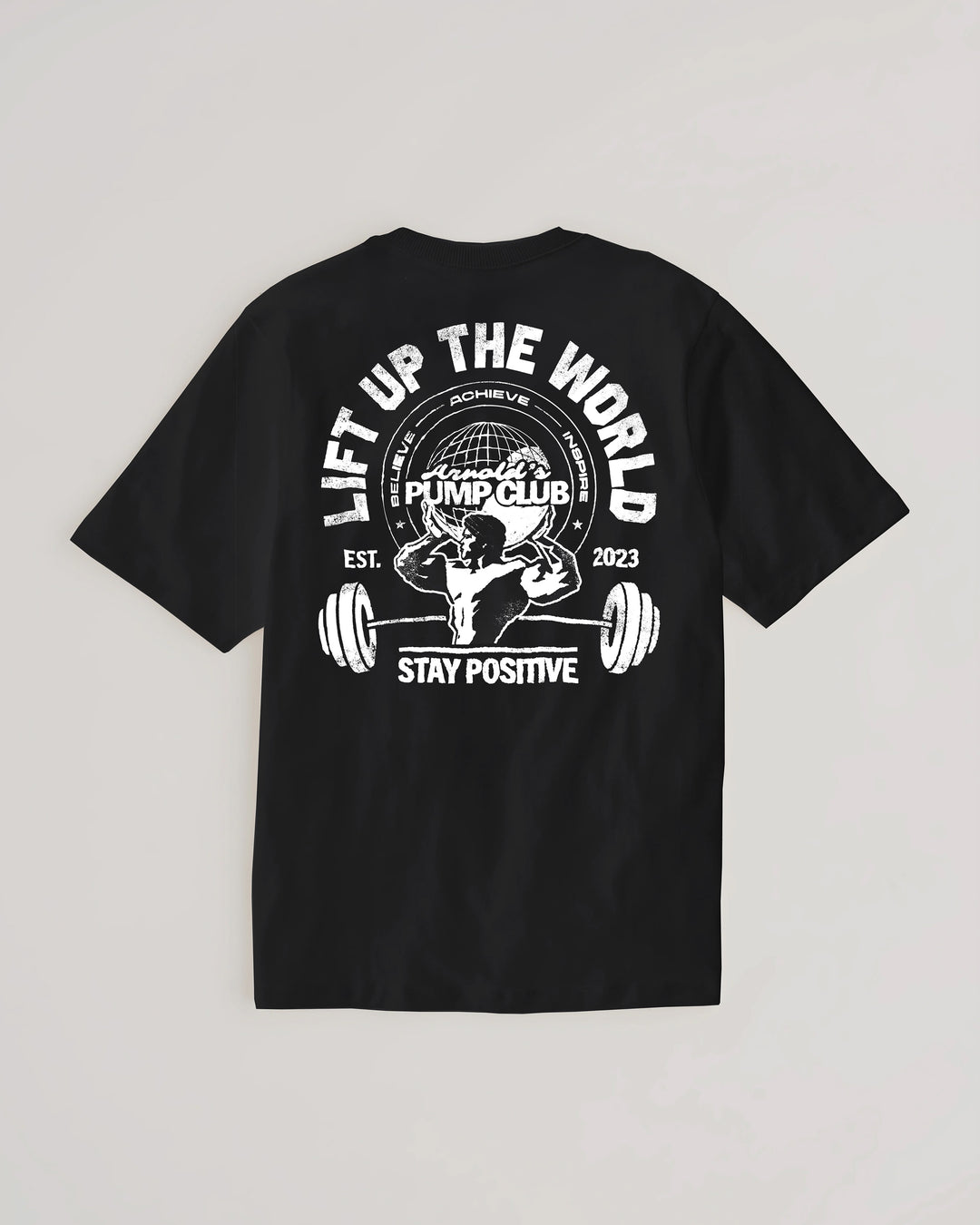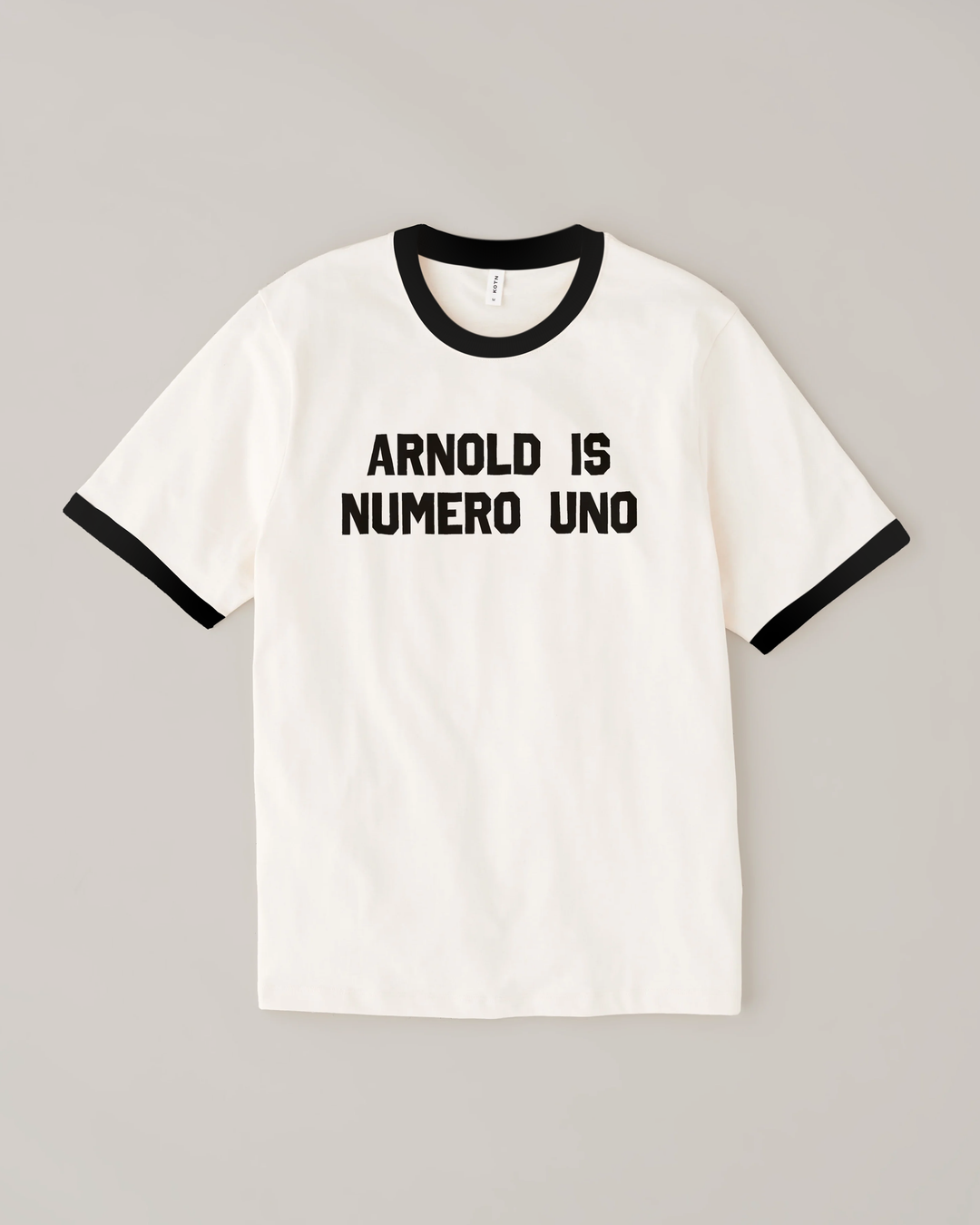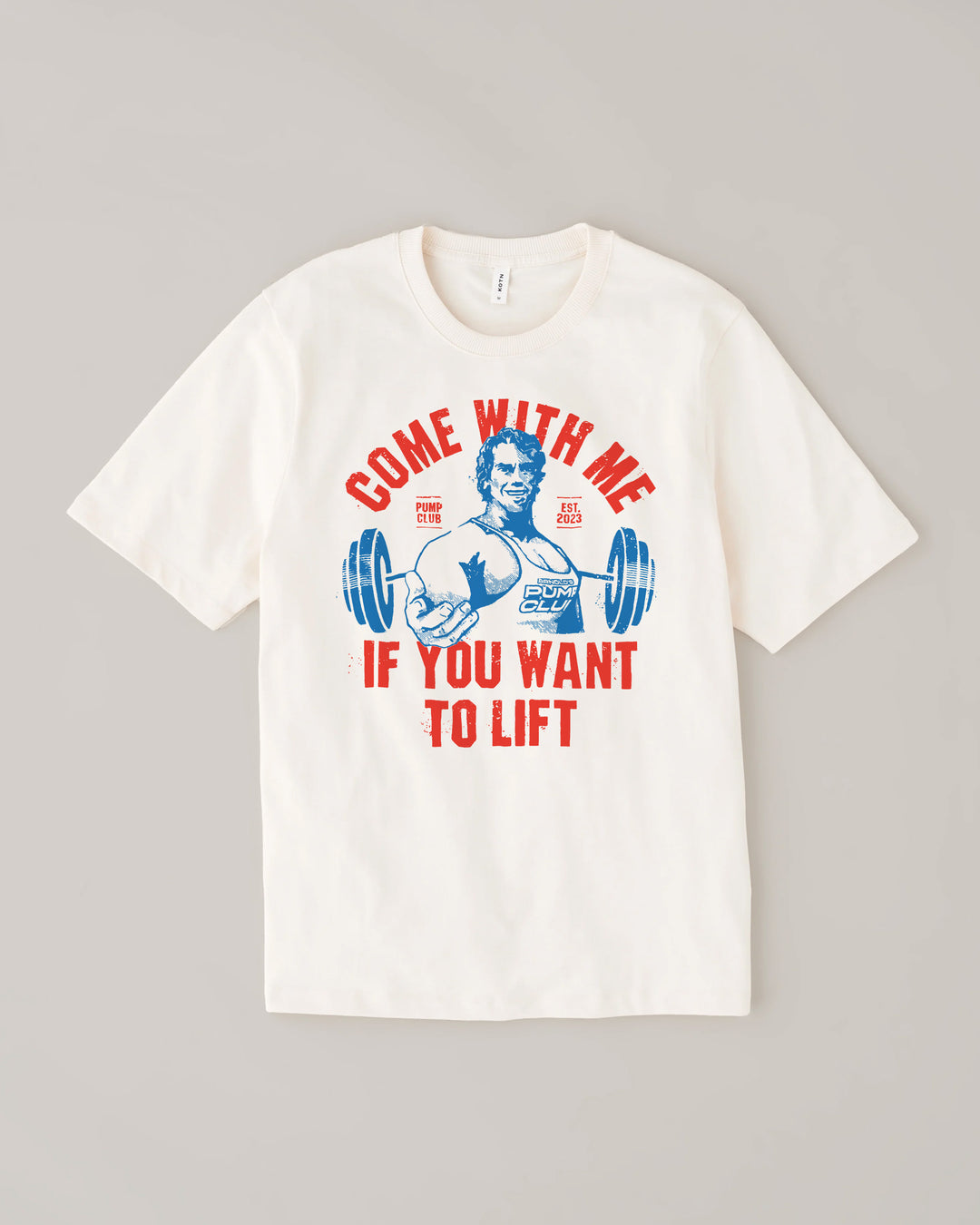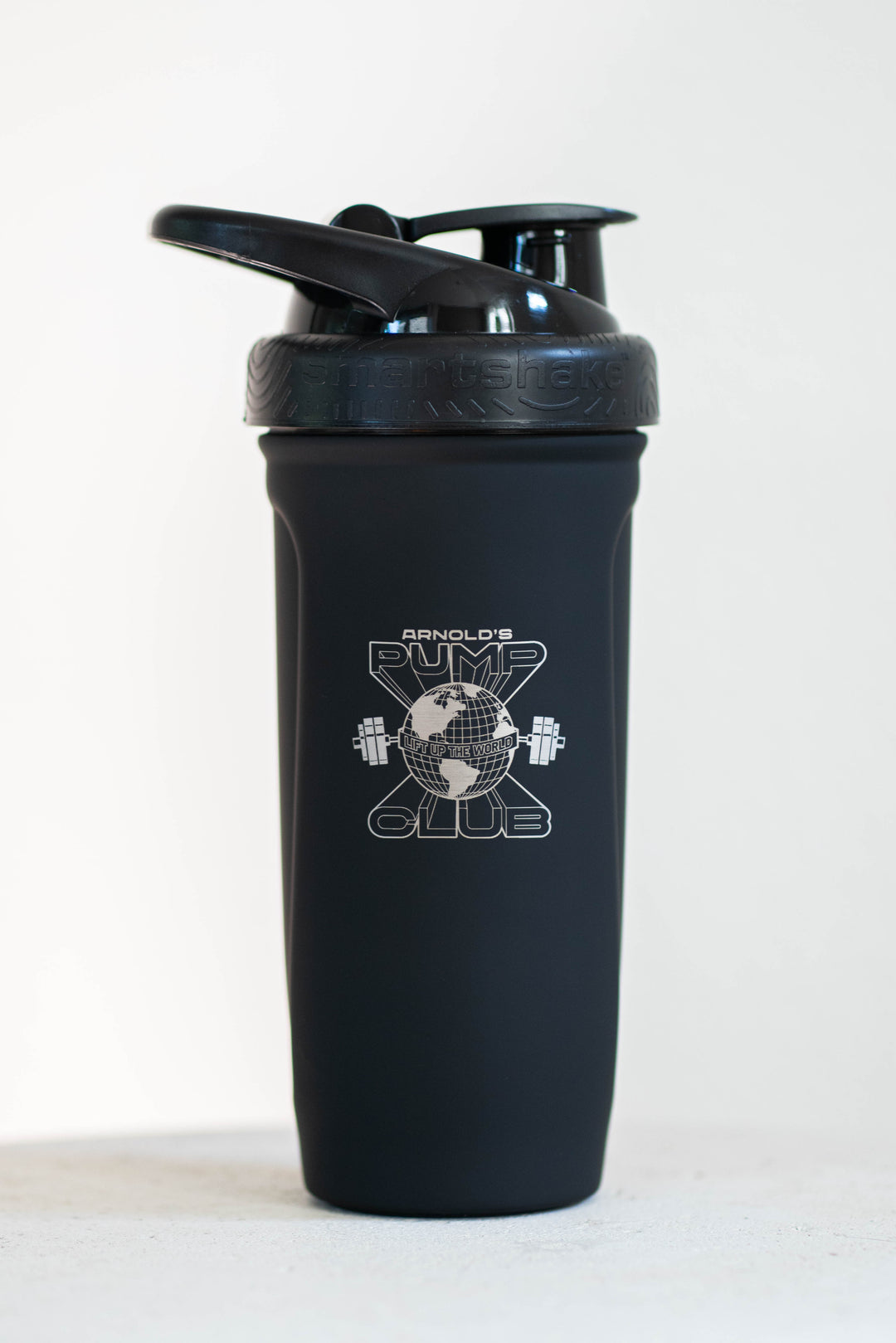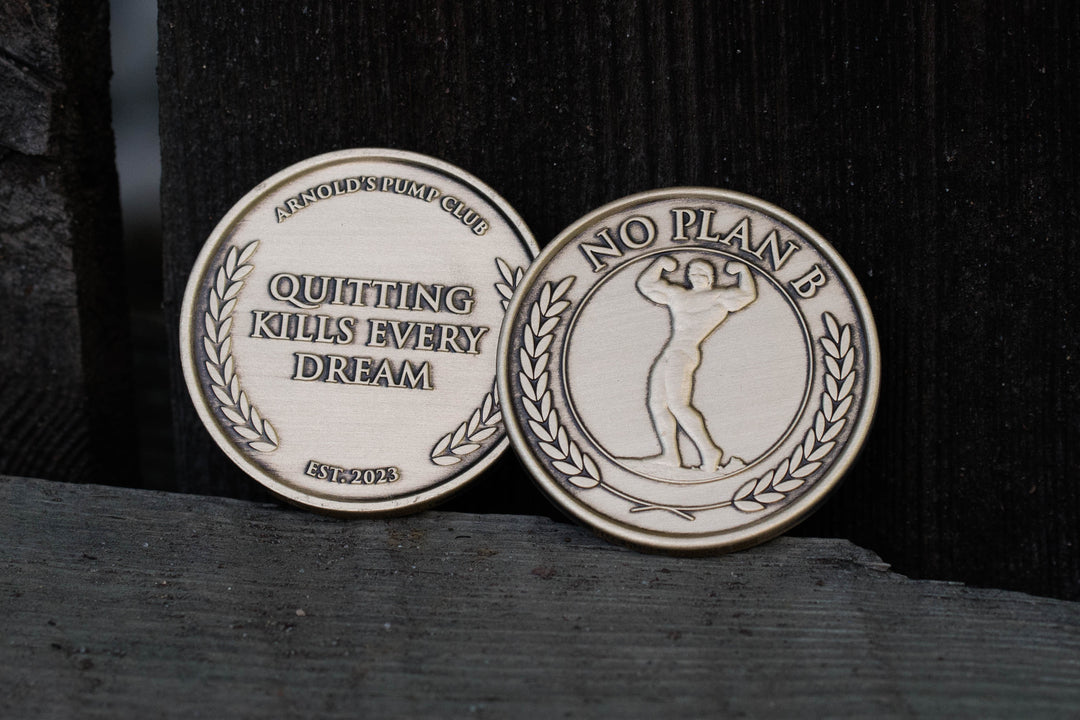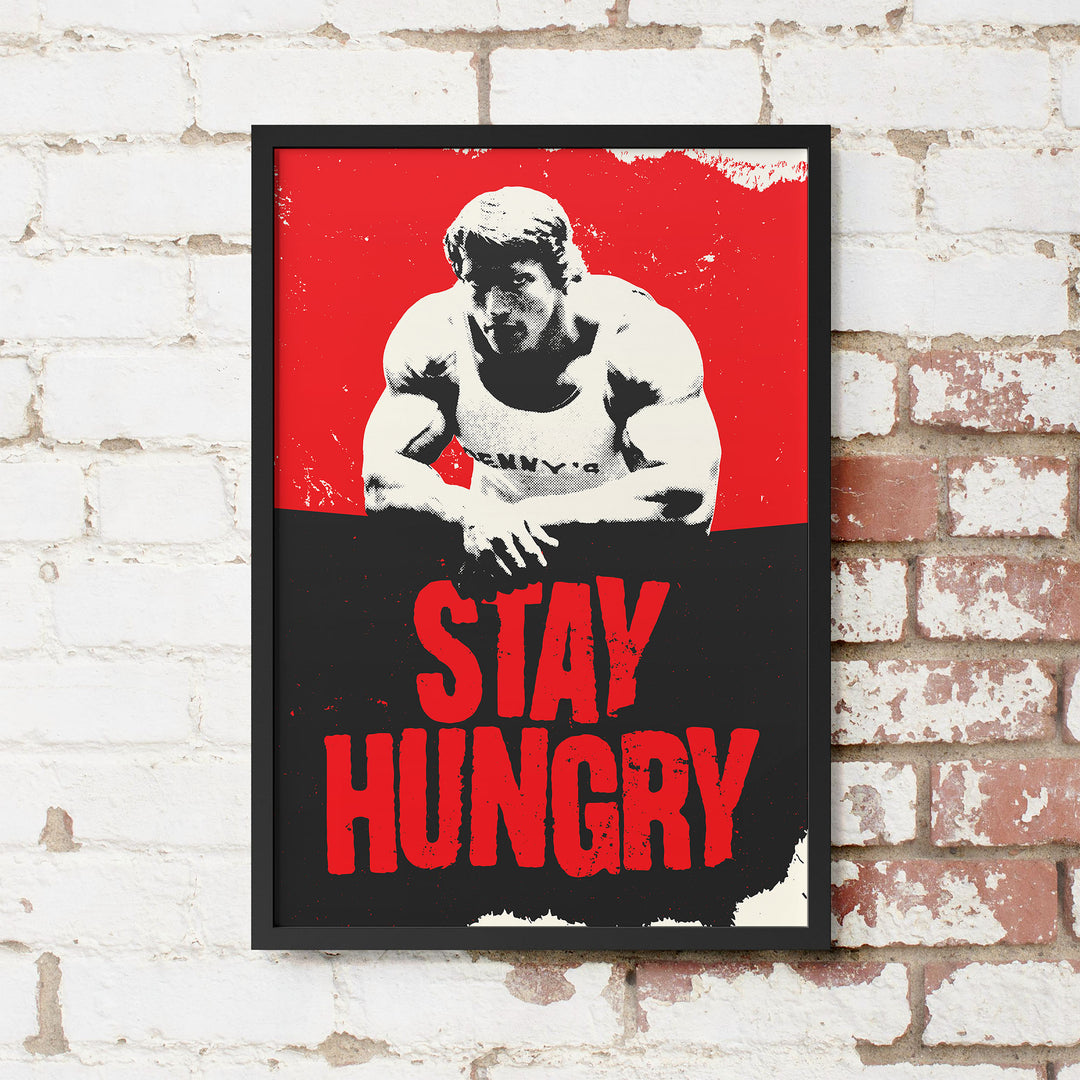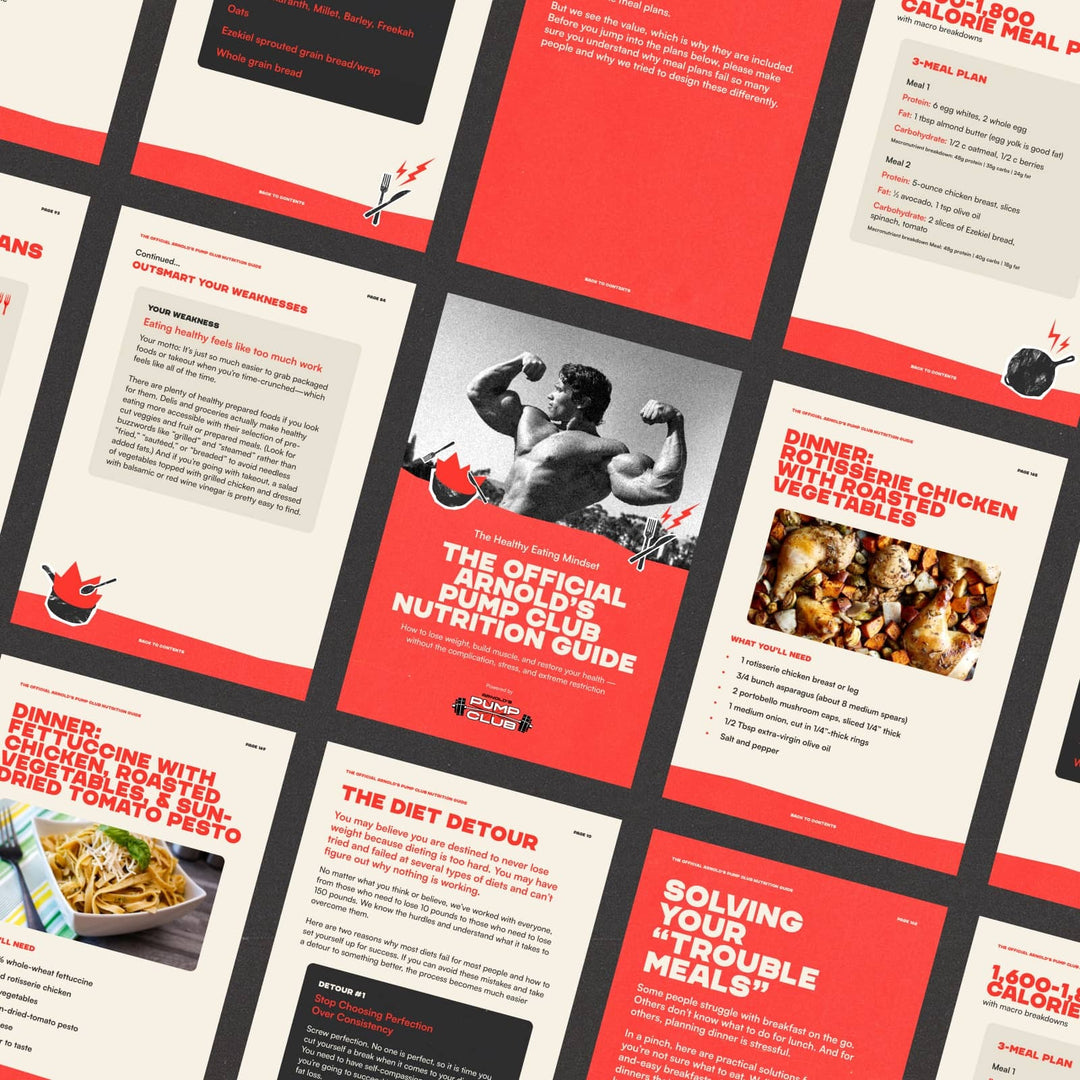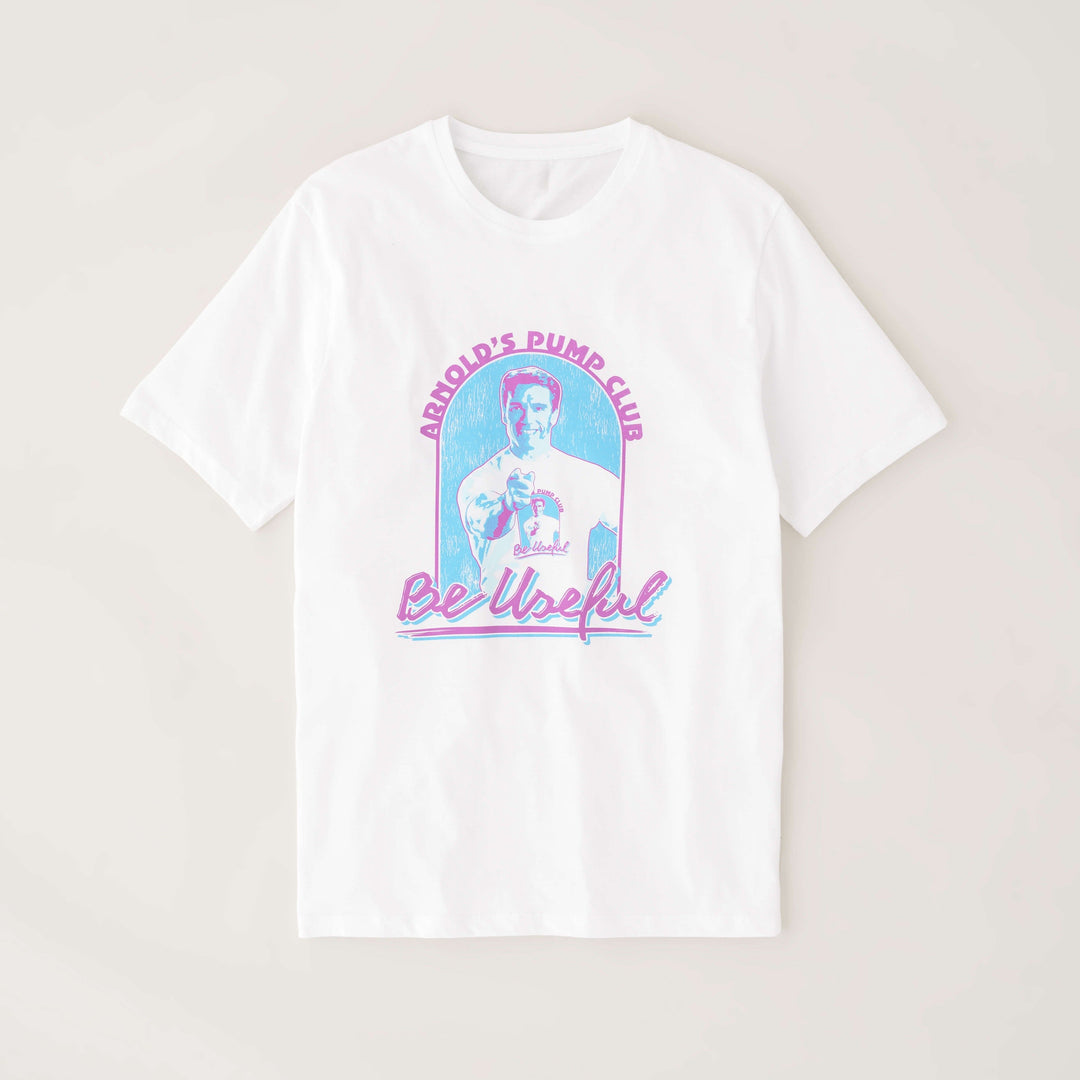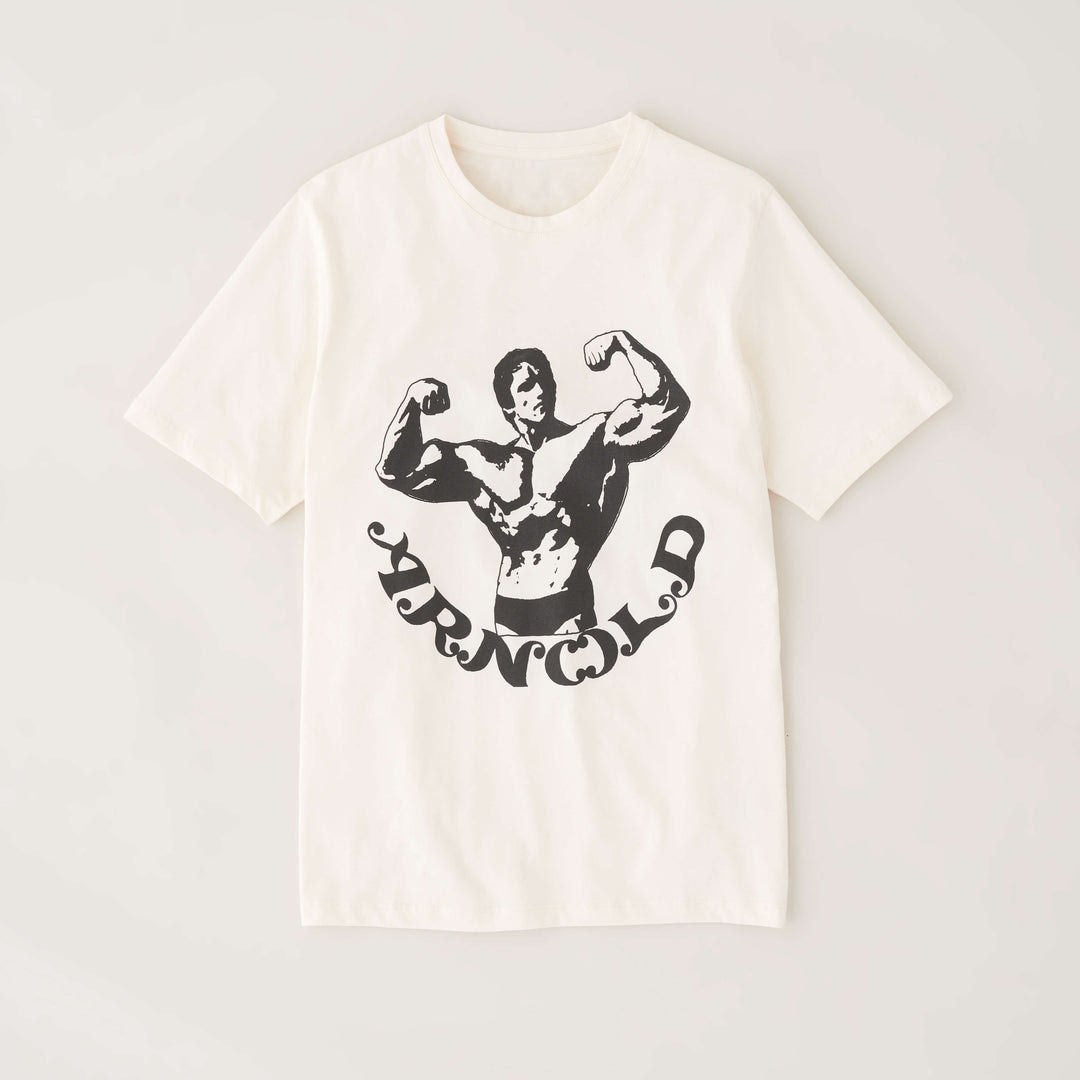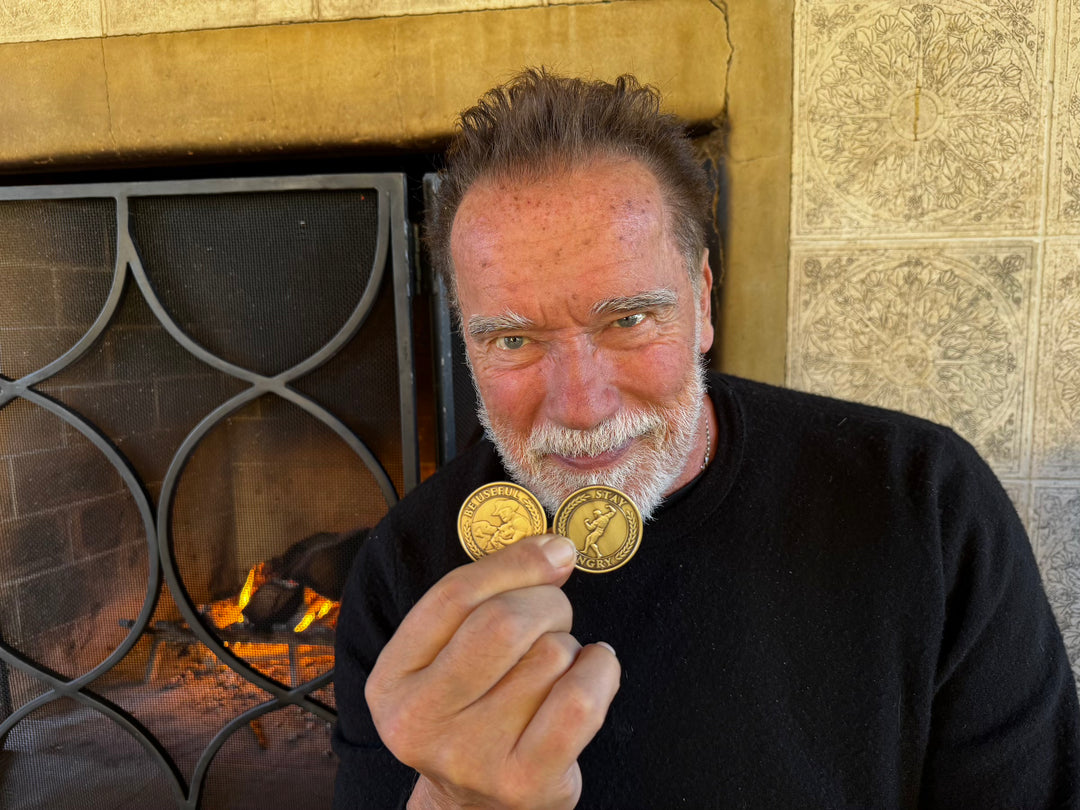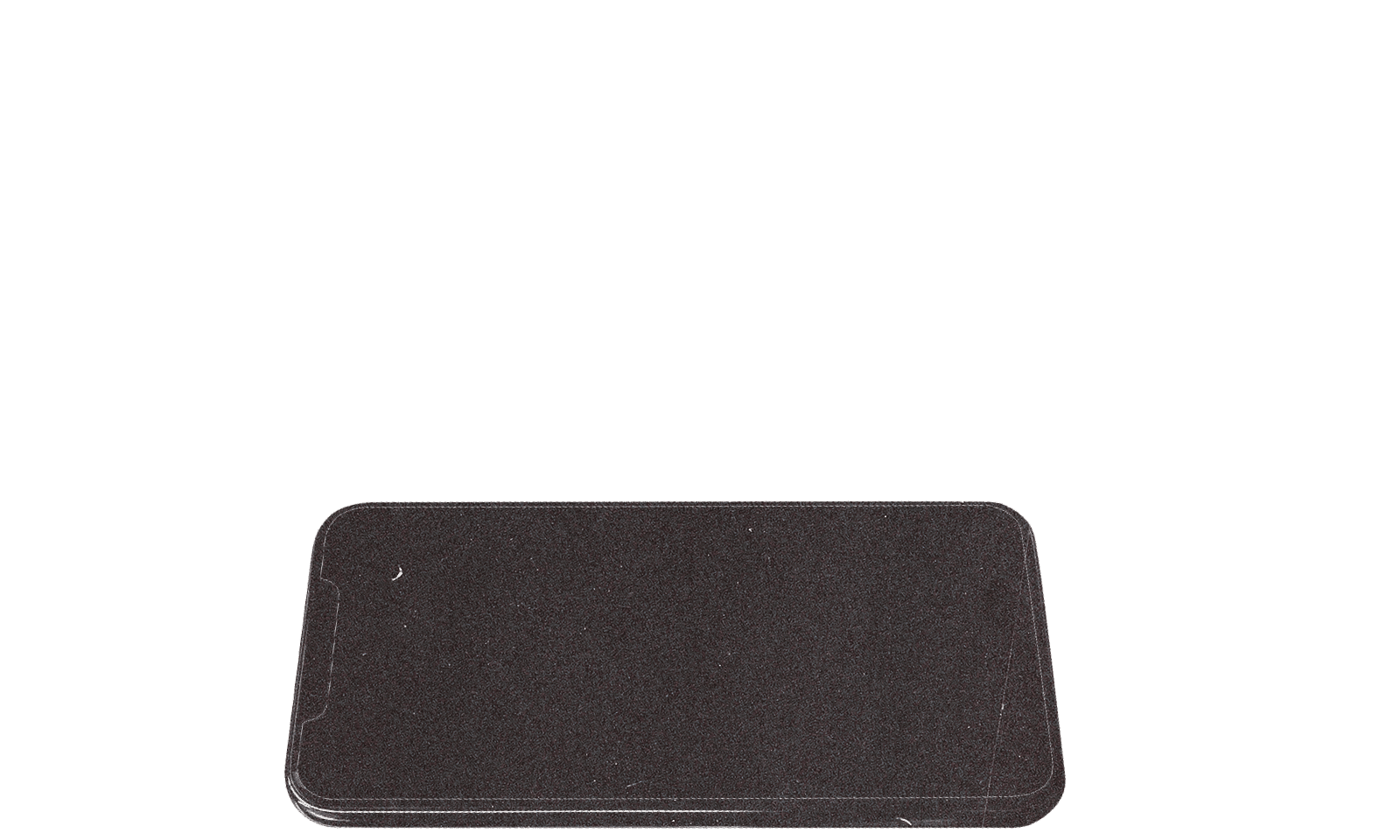Welcome to the positive corner of the internet. Here’s a daily digest designed to make you healthier in less than 5 minutes. If you were forwarded this message, you can get the free daily email here.
Today’s Health Upgrade
The little-known dopamine boost
Are you in sleep debt?
Takeout Tuesday
Want more stories from Arnold? Listen to Arnold's Pump Club podcast. It's like the daily newsletter but with additional narration and thoughts from Arnold. You can subscribe on Apple, Spotify, Google, or wherever you listen to podcasts.
The Little-Known Dopamine Boost
Looking for a motivation boost? If watching the Arnold documentary doesn’t do the trick, you might want to fall back on a classic childhood activity.
Research suggests that being artistic — whether drawing, coloring, doodling, or painting — can trigger a dopamine release to make you feel better, help you de-stress, and improve focus and motivation.
If you’re unfamiliar with dopamine, it plays an important role in your behavior. It impacts how you feel, your motivation and desire, influences your ability to push through friction and overcome obstacles, and is even connected to your ability to exercise.
Many things trigger dopamine, including exercise, cold plunges, or just walking outdoors. But art might hold a special place because it can be done anywhere, and it boosts mood and reduces anxiety regardless of your level of expertise. The researchers found that the health outcomes were the same for people who considered themselves experienced artists and those who didn’t.
If you don’t know where to start, pick up a coloring book (we’re not kidding). Prior research suggests that coloring in shapes has more mood-boosting benefits than free drawing.

Arnold loves painting, especially during the holidays.
Are You In Sleep Debt?
If you think you can “catch up on sleep over the weekend,” your body wants to have a word with you.
Research suggests that for every one hour of sleep debt, you need at least four straight nights of 7 to 9 hours of sleep to recover fully.
For most people, sleep debt piles up when you get less than 6 to 7 hours of sleep. The CDC estimates that one-third of Americans are in sleep debt every night, and many don’t mind because they think longer weekend sleep offsets poor weekday sleep. But it’s not the case. Not getting enough sleep is linked to everything from cardiovascular disease and obesity to an increased risk of cancer and immune dysfunction.
If you have a terrible night of sleep, research suggests a 20- to 30-minute nap and getting back on schedule might help speed your recovery. And remember, the real risks are from long-term behaviors. So if you’re going through something in life that is disrupting your sleep, whether caring for someone sick or the birth of a child — do your best to rest, and know that your body will be able to withstand the short-term disruption.
Takeout Tuesday
Have you ever counted the days until you could be “off” a diet? Research shows that the path to better health doesn't have to be paved in misery.
One of the most underrated resources for healthy eating is the National Weight Control Registry. It doesn’t provide a specific diet or workout. Instead, the NWCR spends time learning from over 10,000 people who have lost weight—and kept it off—for years.
The biggest surprise is that the people with the best and longest-lasting success don’t follow any “traditional diets” that focus on cutting out entire foods.
Instead, their common habits include enjoying carbs, avoiding gimmicks, and leaving room for some foods they love. Research has found that diets do work…but only if you can stick to them. And most diets don’t give you plans that make it easy to follow for the long term. They are designed to break, and when they do, the changes you want disappear with them.
The solution? Make sure you keep some of the foods you’re usually told to avoid. It sounds counterintuitive, but it works. It’s why an entire chapter of You Can’t Screw This Up is dedicated to teaching you how to order from the top 50 most visited restaurants — including fast food.
If takeout (or dessert) is part of your plan, instead of something deserving punishment, it can offer the type of freedom that helps you develop stronger habits, build great routines, and see results that last.




